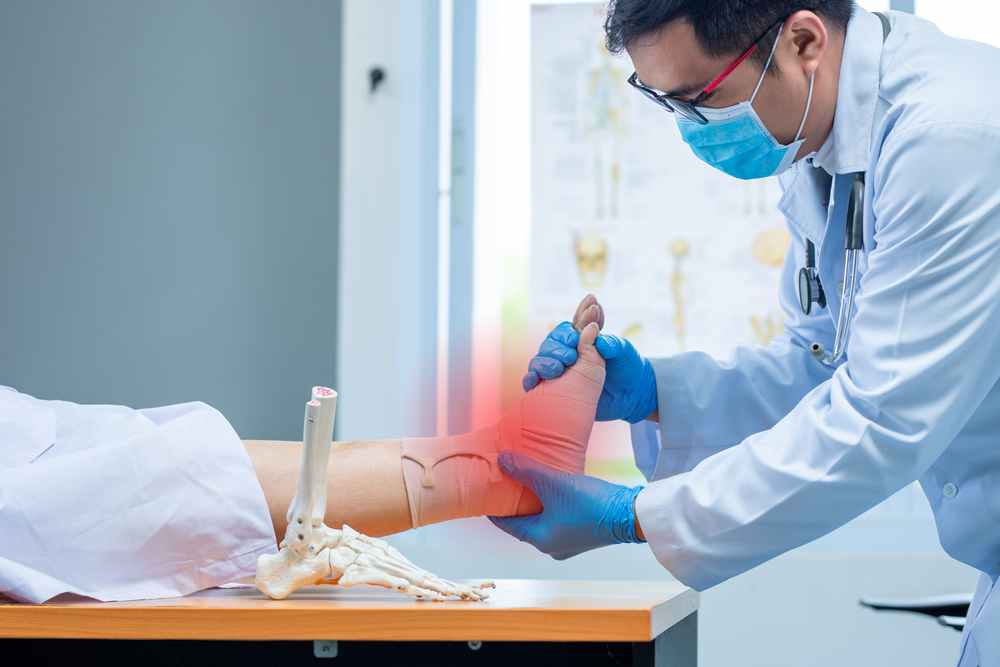Alternative Method for Treating Adult Diaphyseal Human Fractures

What Is Diaphyseal Fracture?
Despite recent advances in implants and external fixation techniques, this is true—the severity, kind, and manifestation of these wounds varied.
Traditionally, there have been two schools of thought in the literature for treating these injuries: surgical and nonsurgical approaches. Grey areas have been cleared out, but there is still no agreement on how to treat humerus fracture best.
Diaphyseal Fractures: What to Do Next?
Sometimes it is not so obvious when someone has a fracture. The pain associated with a fracture may range from hardly noticeable to excruciating. Still, additional tell-tale signs include swelling, bruising, hematoma development, bone dislocation, distortion and displacement of the limb, numbness in the leg, or the inability to move the afflicted limb.
Plaster is often used for bone fractures because it reduces discomfort and immobilizes the afflicted bone. In difficult situations, surgery may be required, followed by time spent in rehabilitation at orthopedic clinics.
Considering that most fractures result from accidental falls or collisions, it is difficult to discuss preventative methods beyond using safety equipment while engaging in risky activities like certain sports or using orthopedic devices to treat existing or prior injuries.
Comparing the Terms "Bone Fracture" And "Break"
Whether the bone is shattered or fractured does not matter; both describe the same damage. One term may be substituted for the other. In medical terminology, a fractured bone is called a fracture, and your doctor will likely use a specific name to describe your particular break.
Bone Break Vs. Bone Bruise
Diaphyseal fracture and bone bruising are painful injuries that result from a significant force affecting the body, such as a fall, automobile accident, or sports injury. The degree of bone damage makes a difference.
Your bones, like your skin, are made of living tissue and are susceptible to bruising. Unlike skin, bones may be bruised but only with great power. Bones may bleed without breaking if struck with enough power. A bone bruise occurs when an injury causes blood to pool just below the surface of the bone.
You have a fracture if something strikes your bone with enough force to injure it and shatter it in at least one place. Treating fractures are more dangerous than bone bruising and may take much longer to heal. A trip to the emergency room or doctor's office is in order if you've just been in an accident and are experiencing bone discomfort. In the event of any bone damage, prompt medical attention is required.
Techniques for Mending a Fractured Skeleton
A physician may recommend the following therapies for a broken bone. However, they vary depending on the kind and location of the break:
Casting
After the bone has been realigned, a cast made of plaster of Paris or fiberglass will be applied to keep it in place while it heals. By immobilizing the bone in a cast, it may heal in its proper alignment. Broken bones in the legs, feet, arms, and wrists are often treated with casts.
Orthotic or Cast Device for Functional Purposes
Unlike a typical cast, which completely immobilizes the affected limb, a functional cast or brace allows for controlled mobility at the affected joint. It is standard practice for medical professionals to apply an initial cast on the fractured limb and remove it after a healing period. After that, the doctor will fit the limb with a functional brace that will promote early mobility.
Bone-Healing Stages
Normal bone repair involves three phases:
Phases of Inflammation
First, an inflammatory phase, also known as fracture hematoma development, sets in as soon as the injury is sustained. Studies have shown that broken blood vessels begin leaking blood about 48 hours after the damage. Some bone cells in the fracture area will die because of the decreased blood supply.
Mending Stage
The initial few days after humerus fracture treatment is crucial in what is known as the mending or reparative phase. The healing process takes around three months, during which the body creates new cartilage and tissue at the fracture site.
Healing Stage
Tissue develops to create a soft collar around the shattered bone ends, and eventually, the two ends will heal together. Calluses result from the body's natural healing response to a fracture and provide additional support for the area. A bony callus will gradually replace the tissue callus during the next several weeks, formed of a spongy bone called trabecular bone.
Conclusion
New options for treating bone fractures have emerged in recent years from orthopedic research facilities. More costly than plaster, resin strips dry quickly and may be used in damp environments without deteriorating. Nonetheless, the concept of immobilizing the leg persists despite the shift in the material. Orthotics may recommend options that provide more mobility.
Orthopedic devices come in a broad range of sorts to cater to various traumas. Walking braces are one device designed to support the foot while enabling the wearer to walk. More choices for adjusting the angle at which the knee bends may be found in orthotics designed for the knee, ankle, or leg. It is now possible to have custom-made orthopedic or 3D-printed orthotics for unparalleled support and performance.






